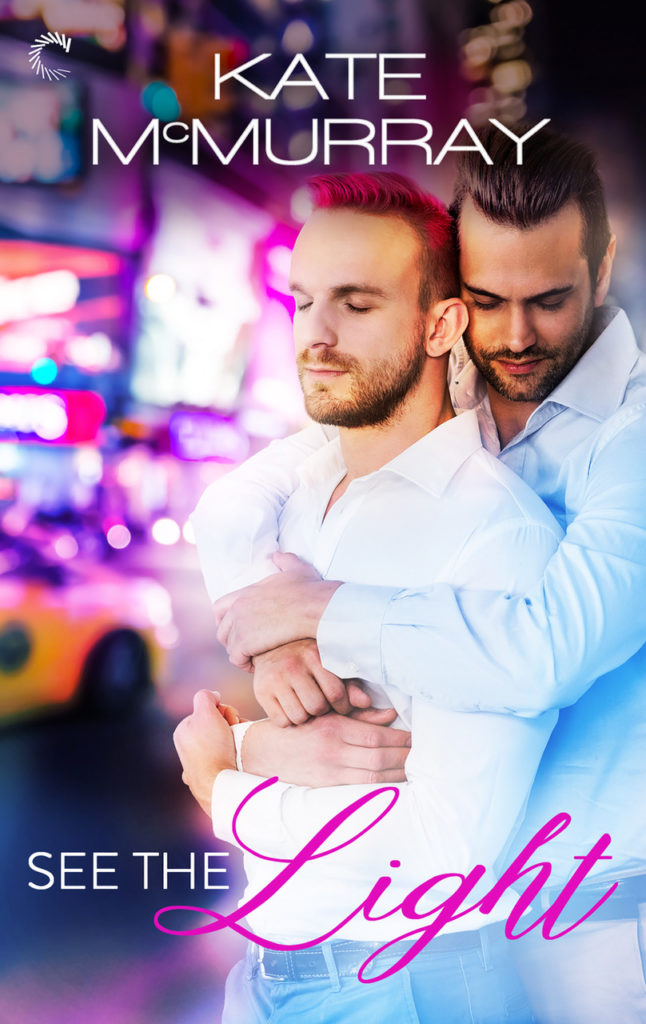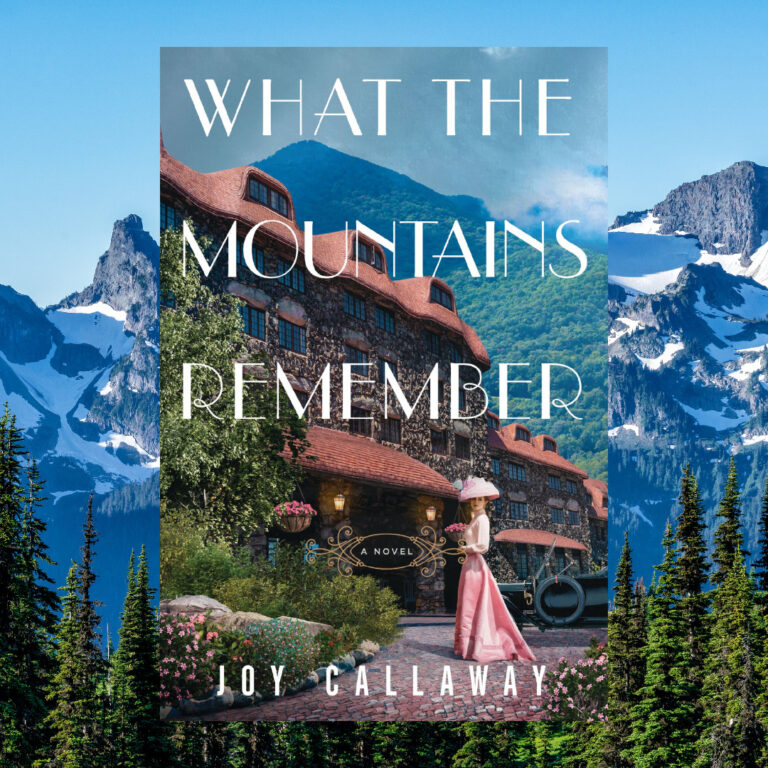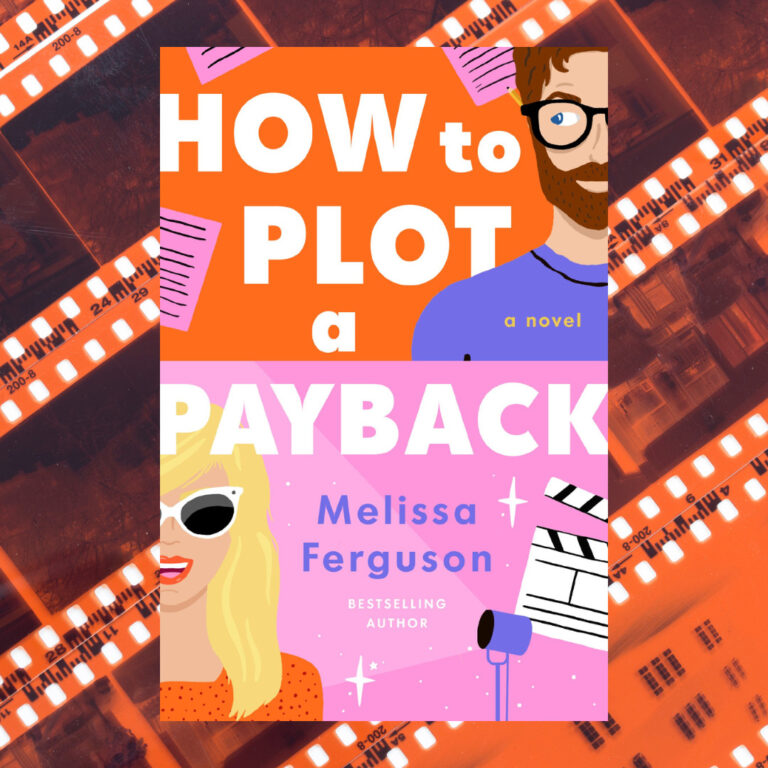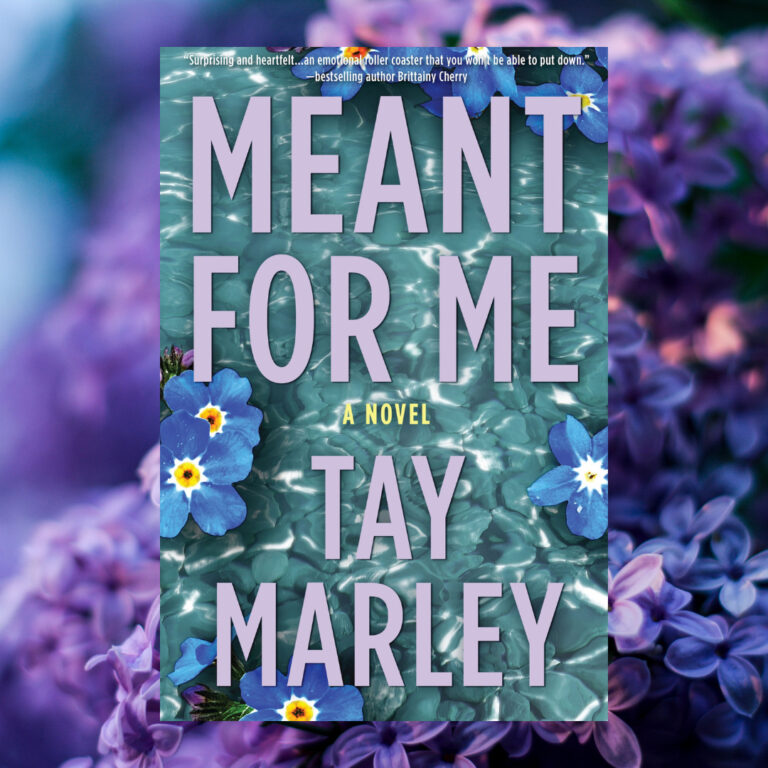Musicals are radical art.
No, I’m serious. You may thinking of your high school’s production of Bye Bye Birdie and wondering how anything there could be radical. But, like most romance novels, most musicals have an undercurrent of optimism and hope, the world as we’d like it to be rather than as it is. And because that’s the case, musicals can show us a glimpse of the past, the world as it is now, or the world as it could be.
There are lots of subversive musicals in the early history of musical theater, in point of fact, but I wanted to focus on a few more (relatively) recent examples.
Let’s start in 1968. Musical theater had gotten a little stale in the early 60s. The last show tune to make the Billboard Top 100 was Louis Armstrong’s take on “Hello, Dolly.” And then some hippies showed up to let the sunshine in.

In 2008, I waited on line for almost seven hours at the Delacorte Theater in Central Park for tickets to the 40th Anniversary Concert version of Hair. (The Public Theater operates the Delacorte, usually the venue for Shakespeare in the Park. Tickets are free, but you have to wait on line for them, and since half the city knows about it, you have to get on that line pretty early.) (I brought a picnic lunch and read two romance novels as I waited, as you do.) I brought my mom to the show itself. She’d seen the touring company of Hair in San Francisco in the early 1970s.
The show… doesn’t make a ton of sense. There isn’t really a plot. The first act ends with everyone taking their clothes off. The second act is basically a long acid trip before one of the main characters gets shipped off to Vietnam, which makes for kind of a grim ending. (In the movie version with Treat Williams as Berger, Berger goes to Vietnam in Claude’s place and dies there.) The initial reception of the show was positive, although it’s one of those shows that shakes up the status quo, a show about young people and politics and now.
When my mom and I walked out of the Delacorte, she said, “That made me feel like I was eighteen again.”
Because here’s the thing with Hair. It’s weird. It has songs about sex and politics and violence and love. It’s a show about hippies. But the theme that runs under all of it is one of hope. In this case, it’s the hope that young people can change the world. The very last song of the show, “Flesh Failures/Let the Sunshine In,” starts with a listing of terrible things, basically that everyone is absorbed by consumerism and the country is falling apart. But the cast of the show implores the audience to let the sunshine in, to find the light in the darkness, to have hope for the future. And it pulled in popular music stylings of the day to tell that story.

Like Hair, Rent shook up the musical theater scene by presenting a show about topics never really dealt with in musicals before: AIDS, homosexuality, poverty. Like Hair, Rent has a cast of young people, a group of starving artists who want to shape the world to fit their ideals.
Rent is a retelling of Puccini’s opera La Boheme. (I swear this is true. I went to see La Boheme at the Met maybe ten years ago, and the twenty-something girls in the row in front of me in the theater commented more than once about how the show is just like Rent.) La Boheme ends tragically; Mimi dies of tuberculosis at the end. Jonathan Larsen rewrote the ending for Rent, having Mimi almost die but then surviving to celebrate another day.
So already, the show is subversive: it explores new territory for a musical and it changes a tragedy to a romance, in the theatrical sense. (Well, in our sense of the word, too. Mimi goes back to Roger in the end, after all, and his song about how much he loves her is what revives her.)
And Rent is ultimately a show about hope, even in the wake of tragedy. Most of the cast is living with AIDS, in an era when that was a death sentence, and yet they find a way to stay hopeful by living each day to its fullest. Angel dies, but his death is the catalyst for the rest of the cast to each come to understand something important about themselves.
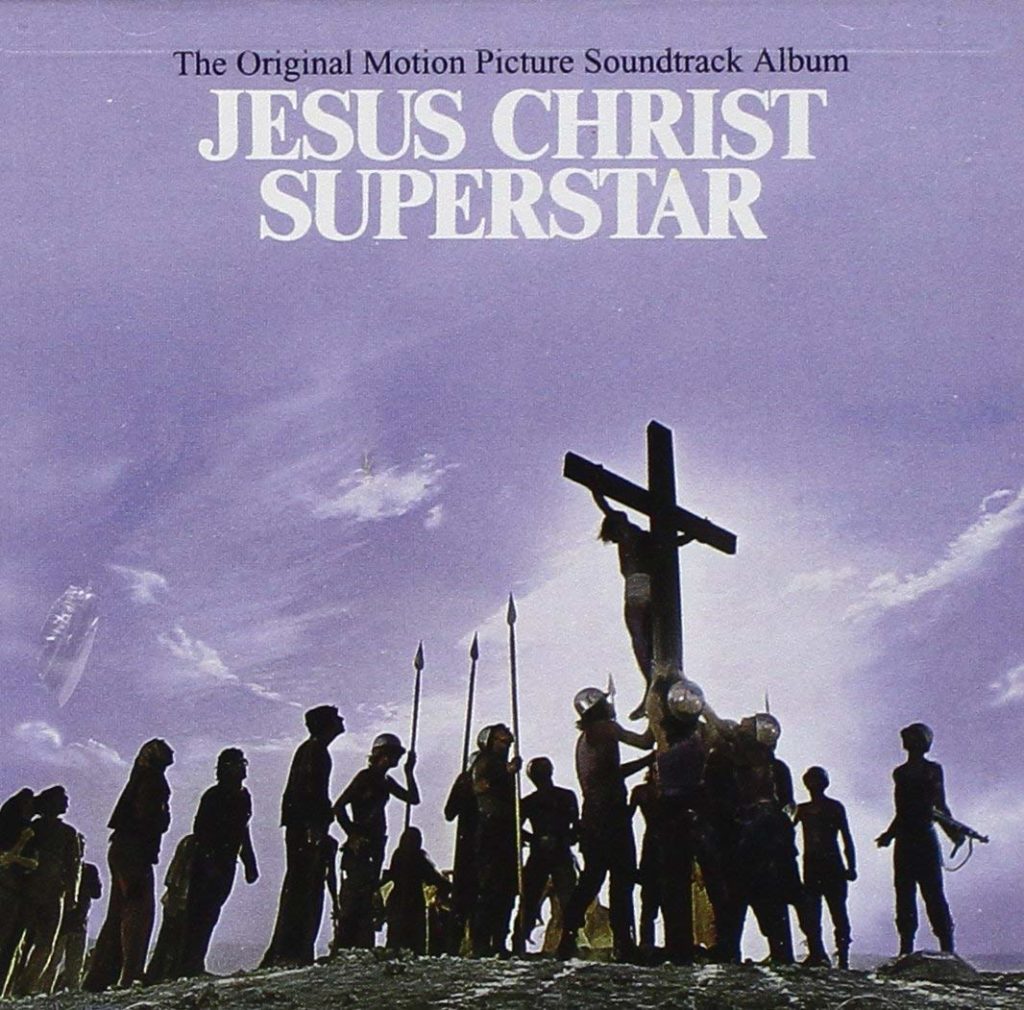
The last two shows I want to talk about have more tragic endings, but they both are still optimistic in similar ways. My favorite musical of all time is Jesus Christ Superstar, and during the live production that NBC aired last year, Lin-Manuel Miranda said on Twitter that Superstar was definitely an influence on Hamilton, as I had suspected. I think it makes sense to talk about them together.
Superstar was condemned by Christian groups when it premiered for being blasphemous, primarily because it portrays Jesus as “just a man.” The song “Superstar” is basically Judas telling Jesus he fucked it all up. There’s no happy ending here; Judas (whom I would argue is the play’s hero, just as Aaron Burr is the hero of Hamilton) commits suicide and Jesus dies on the cross, and… curtain. It’s left to the audience to conclude whether Jesus is resurrected after that.
But! In the same way that Hair and Rent are about young people changing the world, so is Superstar, and each of Jesus’s followers were changed by him, and I think one implication of the show is that some of those followers will carry on his work. (Certainly Mary Magdalene is changed by having known Jesus. She’s better off for having known him, despite his death.)
Every production of Superstar that I’ve ever seen has had a diverse cast. Ben Vereen played Judas in the original Broadway cast. That, too, I think makes it more accessible. Lin-Manuel Miranda has said of Hamilton that he wanted the cast to be diverse, not to reflect the actual world of the Founding Fathers, but to reflect America as it is now. And people who are a lot smarter than me have had a lot to say on this topic, so I won’t dive into it too far, but I think there’s something inherently optimistic about casting a show in this way, reflecting the world as it is or how it should be.

Which brings us to Hamilton. Ron Chernow’s biography of Hamilton opens with an anecdote about Eliza Hamilton, who well into old age led tours of her house where she regaled visitors with stories about her husband, which I find charming. She loved her husband so much that she never stopped talking about him, even decades after his death.
In the show, Hamilton has an affair with Maria Reynolds (in real life, he probably had a lot of affairs) and copes with the sex scandal by admitting to it rather than have his policy agenda derailed by his political enemies. Since there’s a whole pamphlet about it, Eliza finds out and banishes him from their bed, then burns all their correspondence. (Whether this is true or not is up for debate, although Eliza did burn their letters in real life.) The death of their son is what brings Eliza and Hamilton back together (and everyone in the audience sobs while they sing “It’s Quiet Uptown”) and they’ve reconciled by the end of the show. I walked out of the theater feeling like Angelica got the raw deal (Angelica is my favorite, not gonna lie) but Eliza and Hamilton’s romance has an undeniable sweetness to it.
So here’s a show that pulls from a number of musical influences. Hip-hop, obviously, but also musical theater of the past. And again, we have the theme of young people changing the world. Hamilton was 19 (or 21, depending on when you asked him) in 1776 and in his early 30s when the Constitution was drafted. His influence on the founding of the US government is undeniable.
Maybe we can conclude that a scrappy young man, or a group of young people, can, in fact, change the world. Or that’s what these shows would have us believe.
For my upcoming book, See the Light, I created a fictional musical. I’m no songwriter, but I did write out a story for it. It pulls from a lot of these themes: young people can make the world a better place, and what is more hopeful than that? (My musical also has a happy ending, in that the hero and his love interest end up together and share a kiss that becomes a major plot point in the book.)
All of this is to say, romance novels and Broadway musicals are both media of hope. And I think that’s something we really need right now.
See the Light by Kat McMurray out now!
Up-and-coming Broadway actor Jeremy was given two days to get up and get out. Dumped by his long-term boyfriend and suddenly homeless, he needs a sofa and a sympathetic ear, stat.
Enter Max, aspiring makeup artist and Jeremy’s BFF and former roommate.
Max has been in love with his best friend forever. Now that Jeremy is back in his home, his old feelings are back, too. He’s happy to help his friend, but this time…it’s complicated.
When Jeremy gets his big break in a new show, the message of the play hits home. “Live life to the fullest” means recognizing how he really feels about Max, and that’s not complicated at all. Jeremy’s in love, and wants to move full steam ahead.
But Max has waited too long for Jeremy to look at him this way, and he doesn’t want to risk his heart. If this is just a rebound fling, or if Jeremy is only interested in Max because he’s convenient, it will not only shatter him—it will ruin the best friendship he’s ever known.


